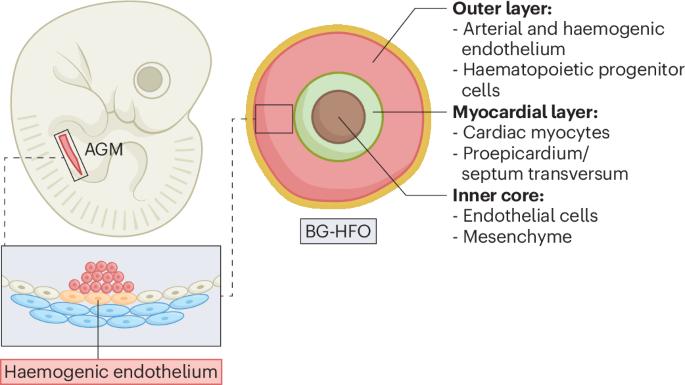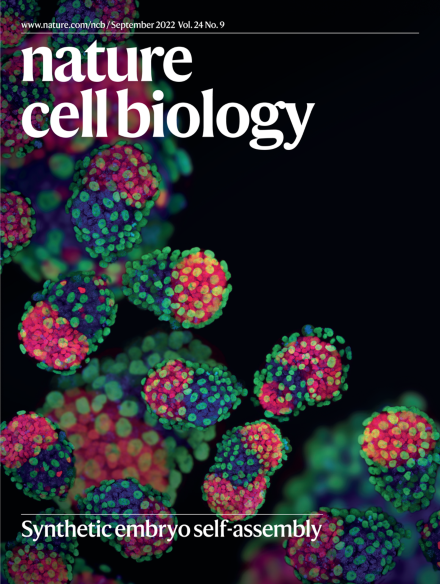现在,它在心脏器官组织中变得鲜血淋漓
IF 17.3
1区 生物学
Q1 CELL BIOLOGY
引用次数: 0
摘要
在器官组织中模拟确定性造血一直是一项挑战。现在,一项研究开发出了可生成血液的心脏形成类器官,这种类器官可显示心肌、血管内皮形成和最终造血。这种类器官是人类胚胎循环系统发育的体外模型。本文章由计算机程序翻译,如有差异,请以英文原文为准。


Now it’s getting bloody in cardiac organoids
Modelling definitive haematopoiesis in organoids has been challenging. A study now develops blood-generating heart-forming organoids that display heart muscle, vascular endothelium formation and definitive haematopoiesis. This organoid represents an in vitro model of human embryonic circulatory system development.
求助全文
通过发布文献求助,成功后即可免费获取论文全文。
去求助
来源期刊

Nature Cell Biology
生物-细胞生物学
CiteScore
28.40
自引率
0.90%
发文量
219
审稿时长
3 months
期刊介绍:
Nature Cell Biology, a prestigious journal, upholds a commitment to publishing papers of the highest quality across all areas of cell biology, with a particular focus on elucidating mechanisms underlying fundamental cell biological processes. The journal's broad scope encompasses various areas of interest, including but not limited to:
-Autophagy
-Cancer biology
-Cell adhesion and migration
-Cell cycle and growth
-Cell death
-Chromatin and epigenetics
-Cytoskeletal dynamics
-Developmental biology
-DNA replication and repair
-Mechanisms of human disease
-Mechanobiology
-Membrane traffic and dynamics
-Metabolism
-Nuclear organization and dynamics
-Organelle biology
-Proteolysis and quality control
-RNA biology
-Signal transduction
-Stem cell biology
 求助内容:
求助内容: 应助结果提醒方式:
应助结果提醒方式:


